Introduction:
Canyonlands National Park, located in southeastern Utah, is a vast and rugged wonderland of sandstone canyons, mesas, and buttes. The park’s unique landscape offers visitors a range of opportunities for adventure, from hiking and backpacking to mountain biking and stargazing. To make the most of your visit, it’s essential to understand the park’s diverse weather conditions throughout the year. This visitor’s guide will take you through each season, highlighting the typical weather, recommended activities, and important considerations to help you plan your trip.
Winter weather in Canyonlands National Park
Winter at Canyonlands National Park, typically spanning from December to February, can be an enchanting time to visit. Snowfall often dusts the red rock formations, creating a stunning contrast with the park’s vibrant colors. The winter season brings fewer visitors, providing a peaceful experience with ample solitude.
Temperature and Precipitation
During the winter months, daytime temperatures can range from 30 to 50 degrees Fahrenheit, with nighttime temperatures often dipping below freezing. Snow is possible but generally light, accumulating to a few inches at most. Be prepared for occasional rain or snowstorms that may limit visibility and create slippery conditions on trails and roads.
Activities and Wildlife
Winter is an excellent time for photography, as the snow highlights the park’s unique geology. Hiking is still possible, but consider sticking to lower-elevation trails to avoid icy conditions. Keep an eye out for mule deer, bighorn sheep, and the occasional golden eagle soaring above the canyons.
Camping and Park Operations
During the winter months, some park facilities may have reduced hours, and certain campgrounds might be closed. Be sure to check the park’s website for current information before planning your trip.
Spring weather in Canyonlands National Park
As temperatures warm up from March to May, spring breathes life into the park, with wildflowers blooming and wildlife becoming more active. This season is a popular time for visitors looking to enjoy milder temperatures and fewer crowds than the summer months.
Temperature and Precipitation
Daytime temperatures in spring typically range from 60 to 80 degrees Fahrenheit, with cooler nights. Rain is possible, and occasional thunderstorms can occur, particularly in April and May. Be prepared for rapidly changing weather conditions.
Activities and Wildlife
Spring is an ideal time for hiking and backpacking, as temperatures are comfortable, and the park’s vegetation is at its most vibrant. Popular trails like the Island in the Sky and The Needles offer incredible views and opportunities to spot bighorn sheep, lizards, and a variety of bird species.
Camping and Park Operations
During the spring season, most park facilities and campgrounds will be open, though some may still operate on reduced hours. Reserve campsites in advance to ensure availability.
Summer weather in Canyonlands National Park
Summer in Canyonlands National Park, from June to August, sees the highest visitation, with long days and warm temperatures drawing outdoor enthusiasts from around the world. Keep in mind that summer can also bring intense heat and potential flash floods.
Temperature and Precipitation
Summer temperatures frequently reach 100 degrees Fahrenheit during the day, with warm nights in the 60s and 70s. Afternoon thunderstorms are common, particularly in July and August, and can cause dangerous flash floods in the park’s narrow canyons.
Activities and Wildlife
Despite the heat, summer offers ample opportunities for outdoor activities, such as hiking, mountain biking, and stargazing. Early morning and late afternoon are the best times to explore the park to avoid the most intense heat. Rafting along the Colorado and Green Rivers provides a thrilling way to cool off while admiring the park’s stunning scenery. Keep an eye out for desert wildlife, including rattlesnakes, lizards, and a variety of birds like the peregrine falcon.
Camping and Park Operations
All park facilities and campgrounds are typically open during the summer season. Be aware that popular campsites can fill up quickly, so booking in advance is highly recommended. Stay hydrated and take necessary precautions against heat-related illnesses, such as resting in the shade and wearing appropriate clothing.
Fall weather in Canyonlands National Park
The fall season, from September to November, brings cooler temperatures and a dazzling array of autumn colors to Canyonlands National Park. This time of year offers some of the most comfortable weather conditions and fewer crowds than summer, making it a popular choice for outdoor enthusiasts.
Temperature and Precipitation
During the fall months, daytime temperatures typically range from 60 to 80 degrees Fahrenheit, with cooler nights. The chance of precipitation decreases as the season progresses, but sudden storms and flash floods are still possible, particularly in September.
Activities and Wildlife
Fall is an excellent time for hiking, backpacking, and mountain biking, as the cooler temperatures make for comfortable exploration of the park’s vast landscape. The changing colors of the vegetation, particularly in the higher elevation areas, offer a breathtaking backdrop for photography. Wildlife sightings, such as mule deer, bighorn sheep, and numerous bird species, are common during this season.
Camping and Park Operations
Most park facilities and campgrounds are open in the fall, with some beginning to operate on reduced hours towards the end of the season. As with other seasons, reserving campsites in advance is recommended.
Conclusion:
Canyonlands National Park offers a unique and diverse landscape that can be enjoyed year-round. From the snow-dusted red rocks of winter to the vibrant wildflowers of spring and the golden hues of fall, there’s something for everyone to experience. By understanding the park’s seasonal weather conditions and planning your visit accordingly, you’ll be well on your way to making unforgettable memories in this remarkable national treasure.

